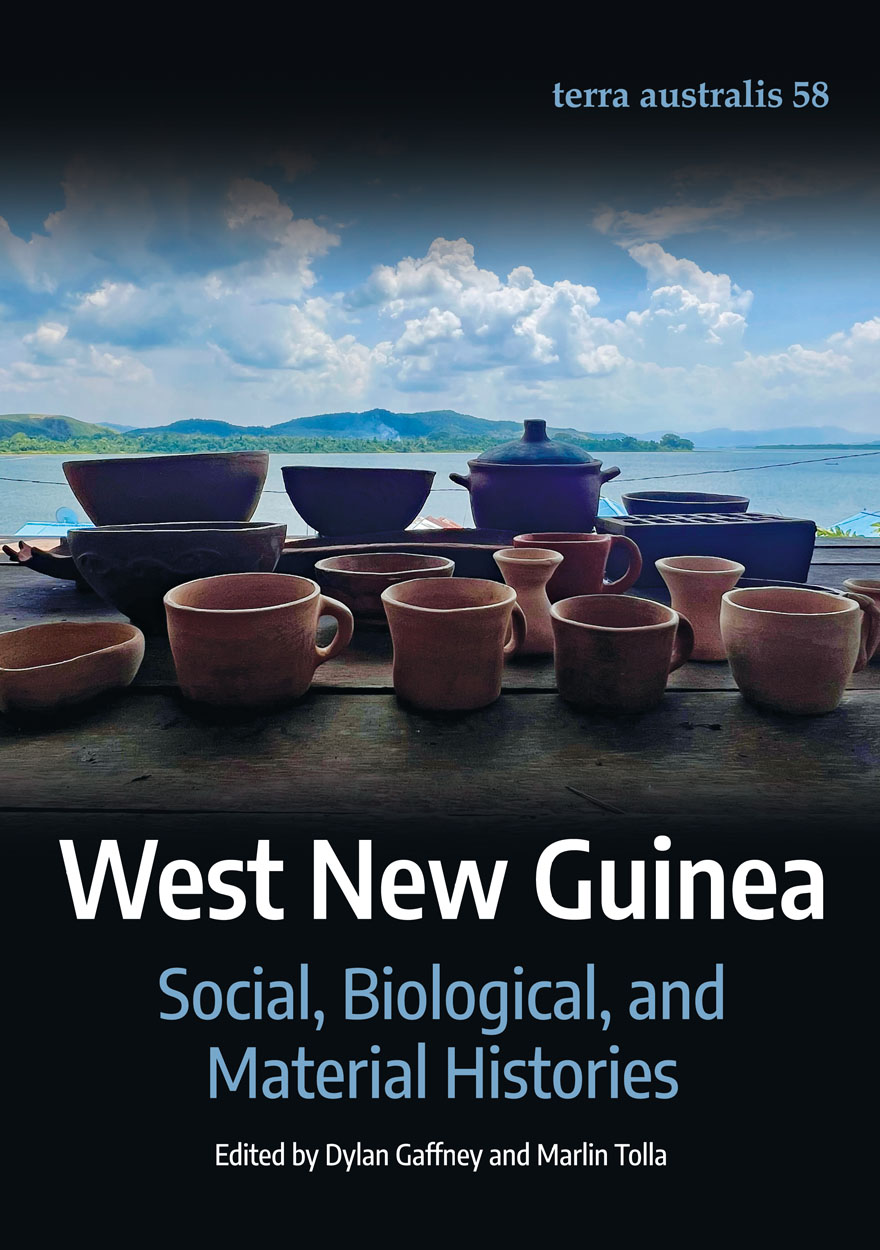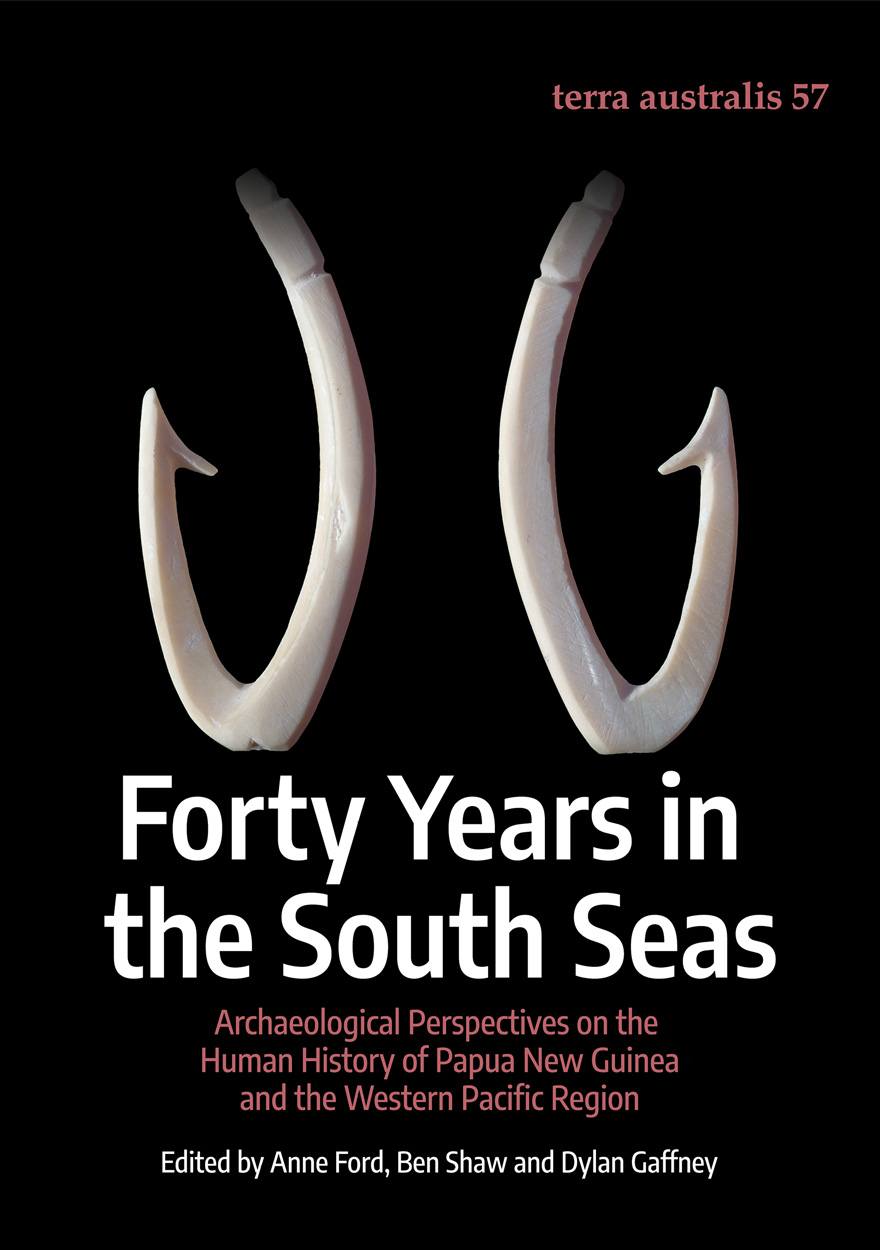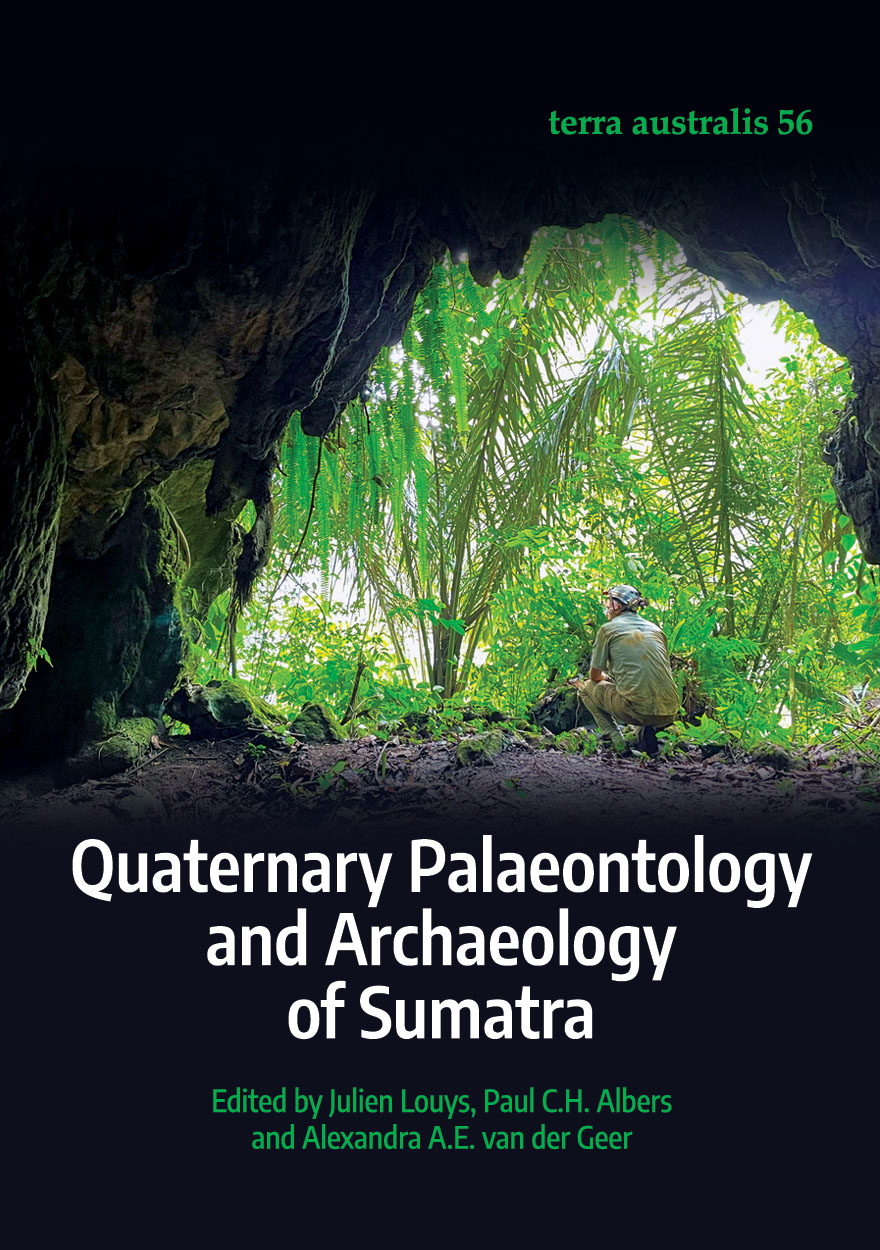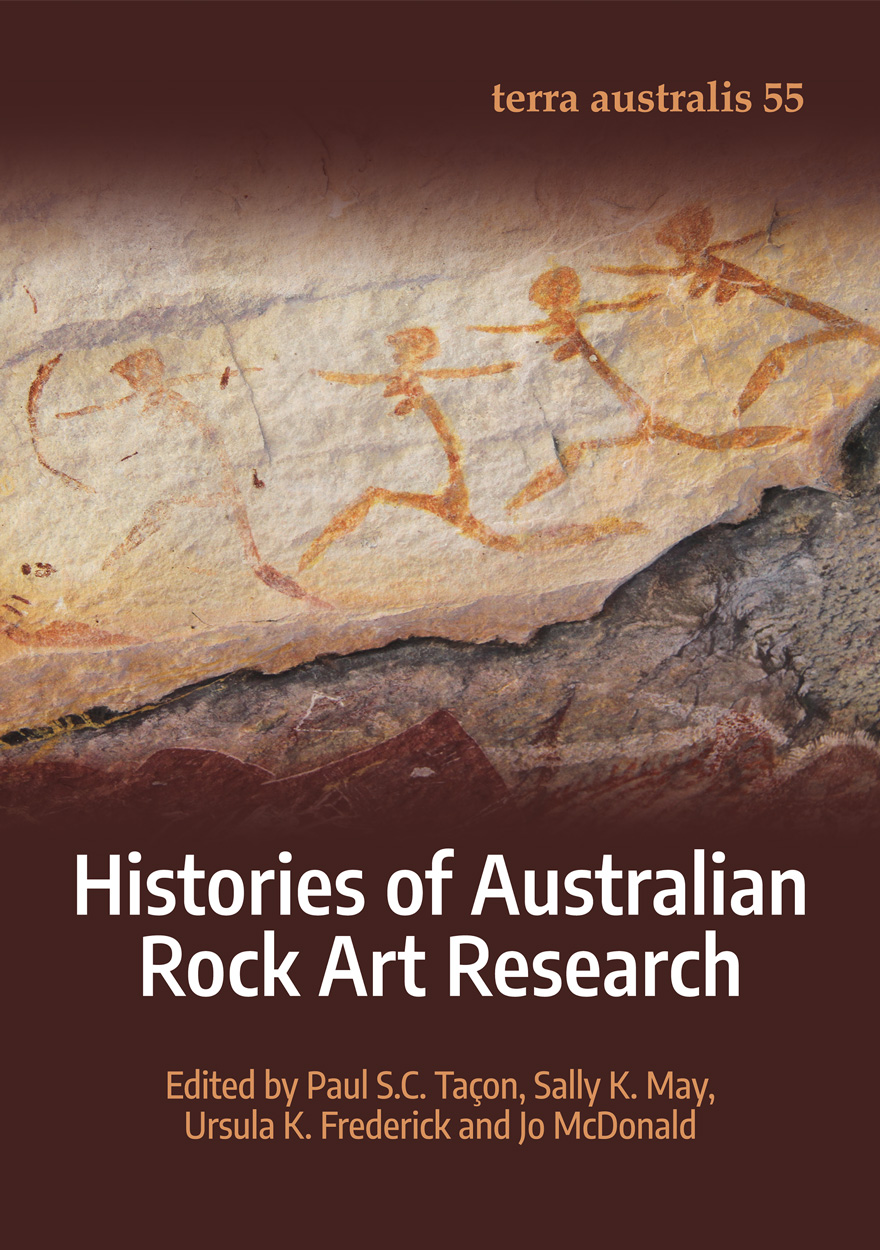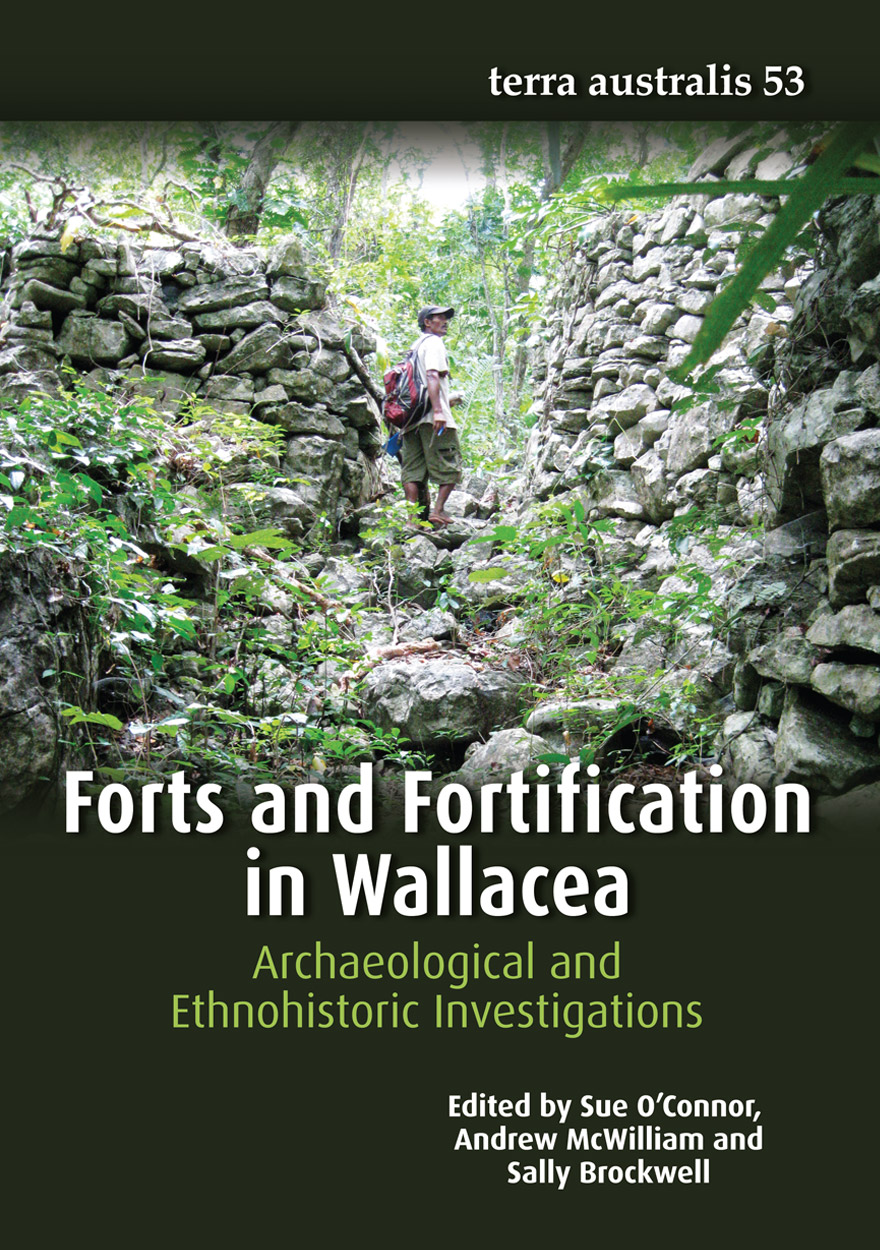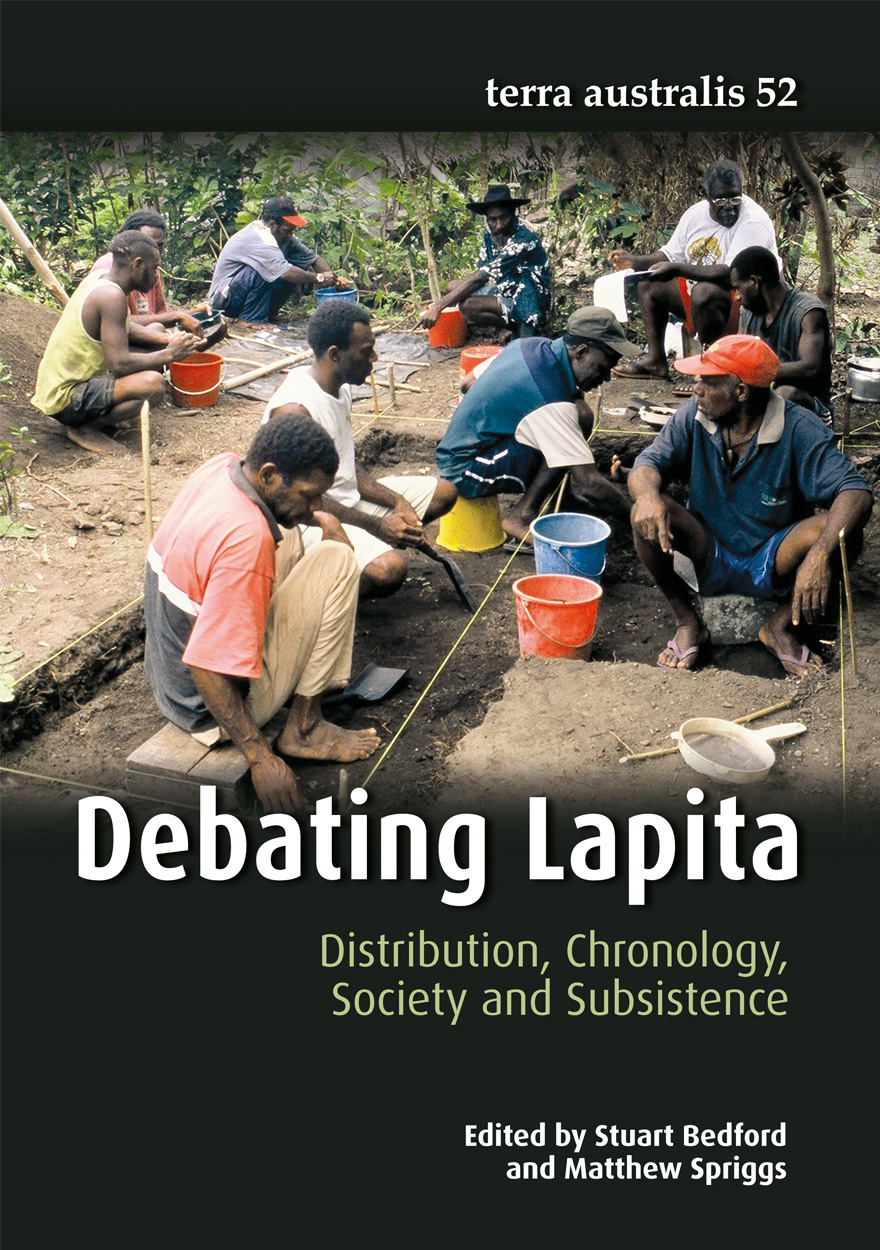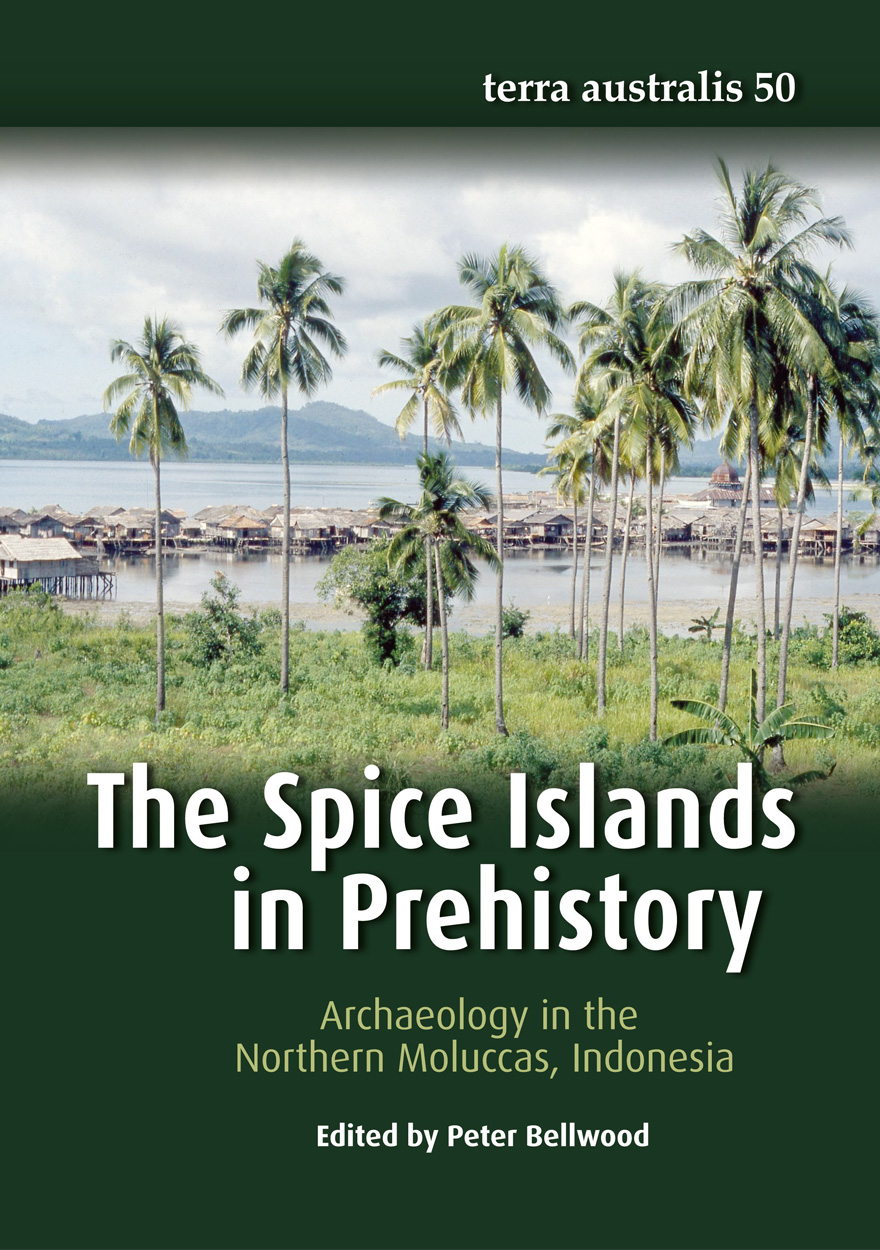
Life on the Margins
An Archaeological Investigation of Late Holocene Economic Variability, Blue Mud Bay, Northern Australia
Authored by: Patrick FaulknerPlease read Conditions of use before downloading the formats.
Description
The research presented here is primarily concerned with human-environment interactions on the tropical coast of northern Australia during the late Holocene. Based on the suggestion that significant change can occur within short time-frames as a direct result of interactive processes, the archaeological evidence from the Point Blane Peninsula, Blue Mud Bay, is used to address the issue of how much change and variability occurred in hunter-gatherer economic and social structures during the late Holocene in coastal northeastern Arnhem Land. The suggestion proposed here is that processes of environmental and climatic change resulted in changes in resource distribution and abundance, which in turn affected patterns of settlement and resource exploitation strategies, levels of mobility and, potentially, the size of foraging groups on the coast. The question of human behavioural variability over the last 3000 years in Blue Mud Bay has been addressed by examining issues of scale and resolution in archaeological interpretation, specifically the differential chronological and spatial patterning of shell midden and mound sites on the peninsula in conjunction with variability in molluscan resource exploitation. To this end, the biological and ecological characteristics of the dominant molluscan species is considered in detail, in combination with assessing the potential for human impact through predation. Investigating pre-contact coastal foraging behaviour via the archaeological record provides an opportunity for change to recognised in a number of ways. For example, a differential focus on resources, variations in group size and levels of mobility can all be identified. It has also been shown that human-environment interactions are non-linear or progressive, and that human behaviour during the late Holocene was both flexible and dynamic.
Details
- ISBN (print):
- 9781925021097
- ISBN (online):
- 9781925021103
- Publication date:
- Dec 2013
- Note:
- Terra Australis 38
- Imprint:
- ANU Press
- DOI:
- http://doi.org/10.22459/TA38.12.2013
- Series:
- Terra Australis
- Disciplines:
- Arts & Humanities: Archaeology; Social Sciences: Anthropology
- Countries:
- Australia
PDF Chapters
Please read Conditions of use before downloading the formats.
- Preliminary pages (PDF, 105KB)
- Abstract (PDF, 44KB)
- Acknowledgements (PDF, 44KB)
- List of Figures (PDF, 68KB)
- List of Tables (PDF, 59KB)
- The Potential for Change in Late Holocene Economic and Social Systems (PDF, 168KB)
- The Physical Environment, Landscape Evolution and Resource Availability (PDF, 2.2MB)
- Spatial and Chronological Patterns of Landscape Use and Resource Exploitation (PDF, 822KB)
- The Excavated Shell Midden and Mound Sites on the Point Blane Peninsula (PDF, 2.3MB)
- Variability in Molluscan Species and Habitat Exploitation (PDF, 638KB)
- Investigating Variability in the Intensity of Occupation and Resource Use (PDF, 817KB)
- Reaching the Potential: The Archaeological Evidence for Late Holocene Change and Variability (PDF, 333KB)
Other publications that may interest you




